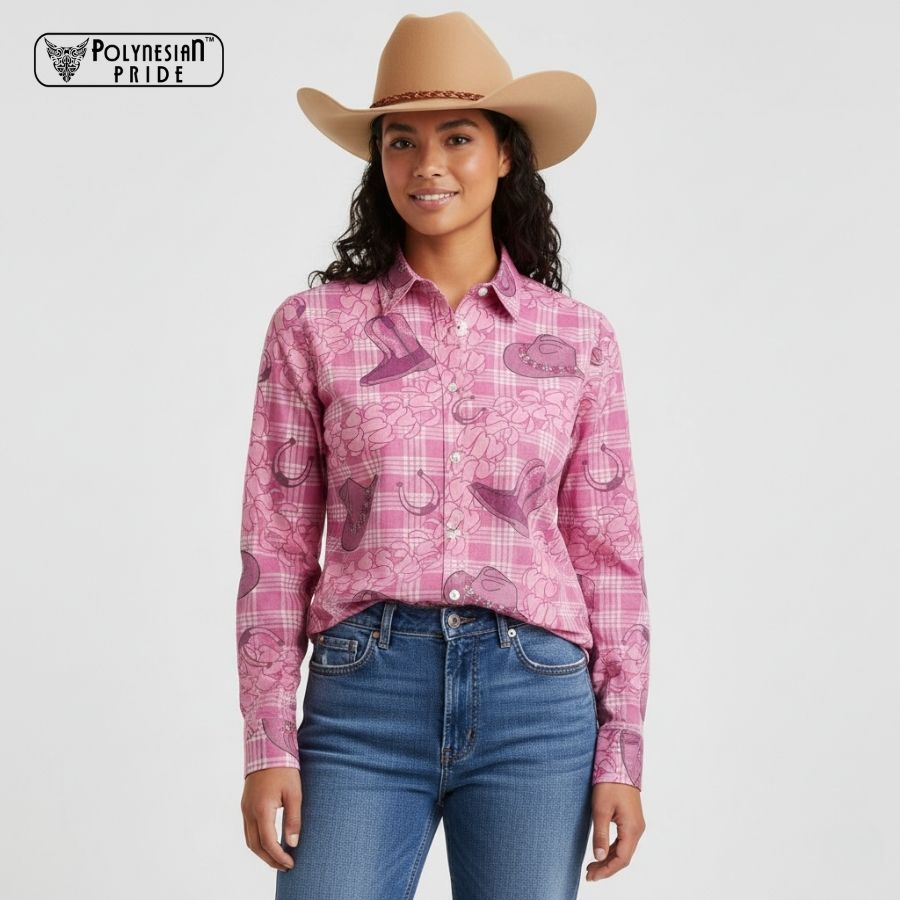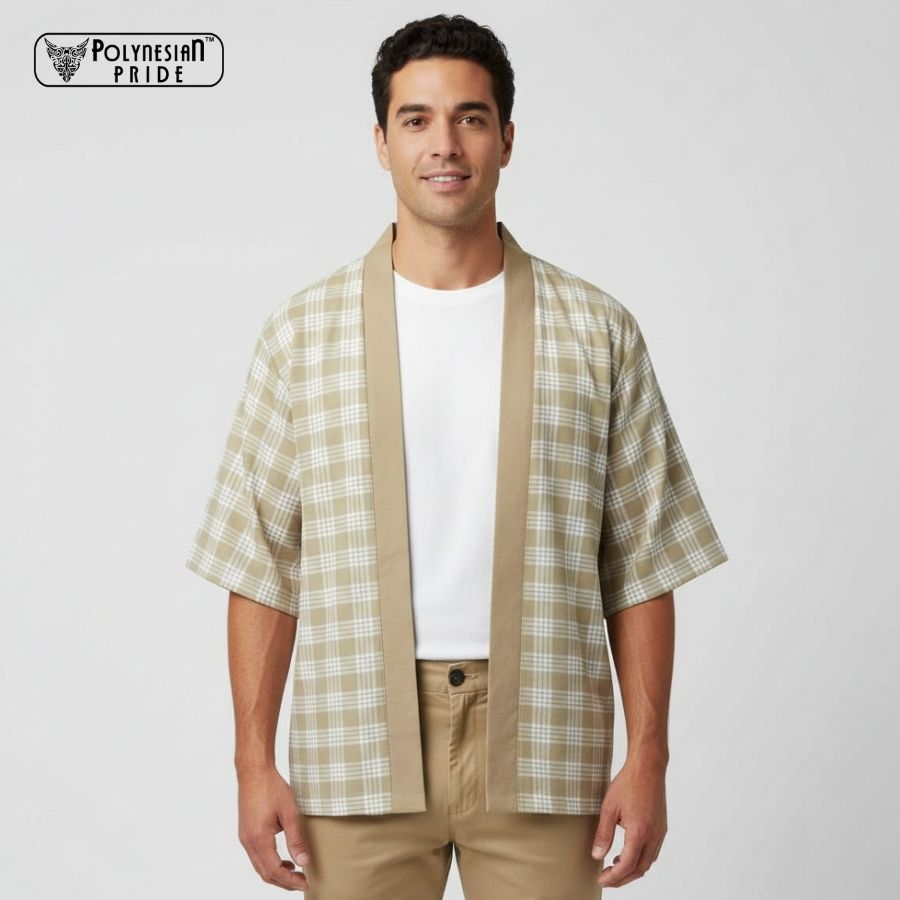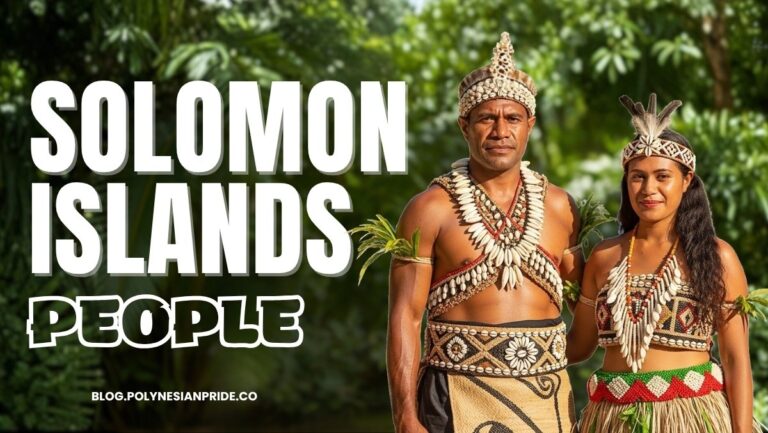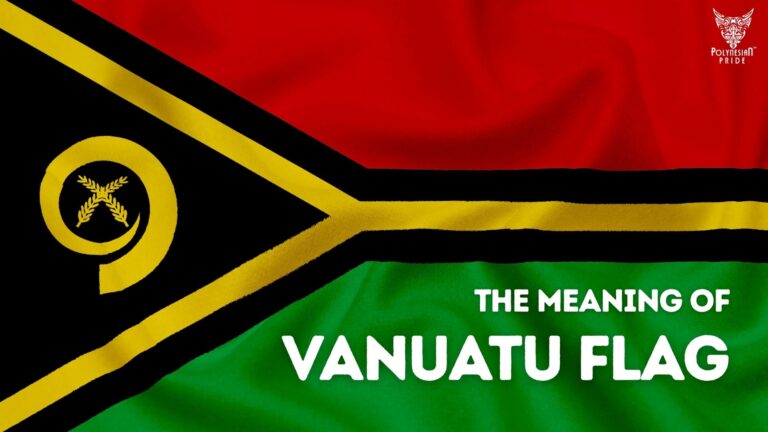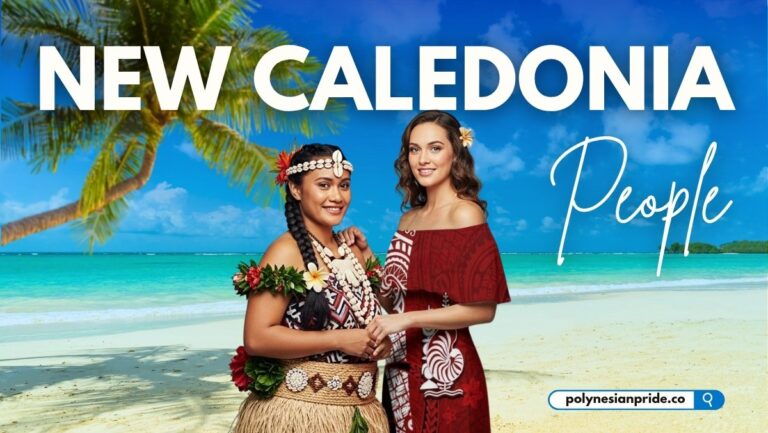Palaka Fabric: The Hidden Story Behind Hawaii’s First Pattern

Did you know that Hawaiians have their own version of plaid? Before aloha prints became popular, palaka fabric was the defining cloth of traditional Hawaiian workwear.
Palaka is a durable, heavy-duty cotton twill featuring a bold two-color check pattern, which was commonly used for plantation and ranch work, as well as in early island life.
This guide explores what palaka is, how it developed, and the role it played in shaping the islands’ working-class heritage.
What Is Palaka Fabric?
Definition and Key Characteristics
Hawaiian palaka fabric is a sturdy, yarn-dyed cotton twill known for its simple two-color checkered pattern.
Traditionally woven from 100% cotton, palaka is strong, breathable, and built to withstand heavy outdoor labor.
Modern versions may utilize polycotton blends for lighter weight and improved comfort, but the classic texture and structure remain unchanged and were traditionally worn untucked.

Design and Color Variations
The defining feature of palaka is its evenly spaced checks in two contrasting colors.
The most traditional and recognizable version is blue and white, though historical variations also included red-and-white or brown-and-white combinations.
Contemporary palaka expands into a full range of colors while maintaining the original geometric structure of the weave.
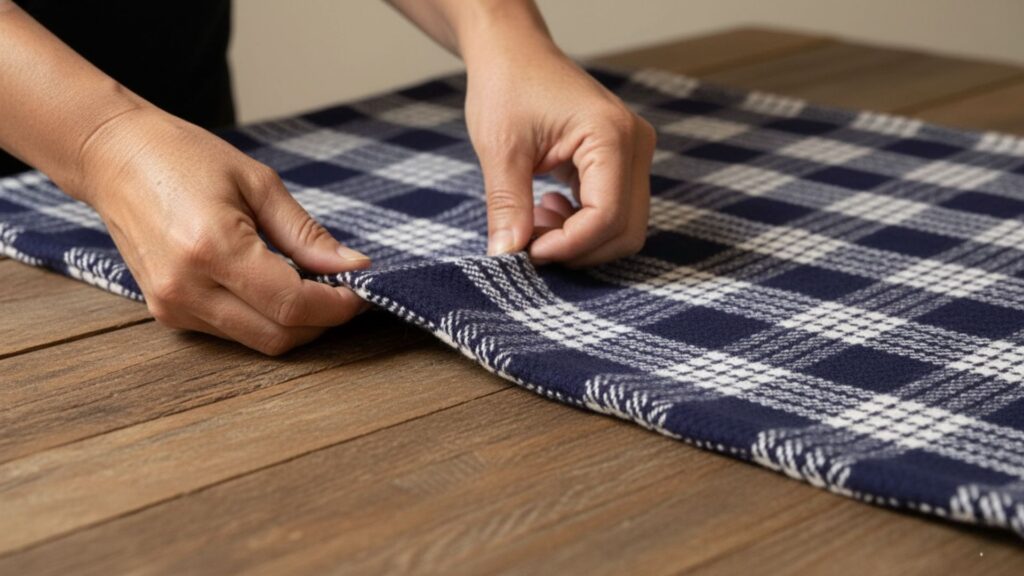
Why It Became Hawai‘i’s Original Workwear Fabric
Because of its durability and breathability, palaka was quickly adopted by plantation workers, ranch hands, and local laborers who needed reliable clothing for long days outdoors.
Its consistent pattern and rugged construction made it a practical and affordable choice across the islands, ultimately earning palaka a reputation as one of Hawai‘i’s foundational textiles.

Palaka vs Plaid – What’s the Real Difference?
Let’s break down what makes palaka different from plaid:
Pattern Structure
While plaid often features layered stripes of varying widths and colors, palaka uses a clean, evenly spaced check pattern.
Plaid can appear busy or textured, but Palaka maintains a simple, geometric grid that feels more minimal and uniform.
Color & Aesthetic
Traditional plaid includes multiple colors and overlapping tones.
Palaka, by contrast, is known for its iconic blue-and-white checks, offering a crisper, more structured visual style that became strongly associated with Hawai‘i.
Cultural Origin & Purpose
Plaid originated in Scotland and evolved into a global textile style.
Palaka developed uniquely in Hawai‘i as durable workwear during the plantation era — lightweight, breathable, and ideally suited for island weather and labor conditions.

In short, although they may look similar at first glance, plaid vs palaka is a comparison of two fabrics with different origins, functions, and design philosophies: one global, one uniquely Hawaiian.
History of Palaka Clothing
Before Western ships arrived, Native Hawaiians traditionally wore kapa (tapa), a barkcloth made from the wauke plant.
When American and British sailors arrived in Hawai‘i, they wore loose-fitting working frocks, which are long tunic-style overshirts made from sturdy cotton or canvas.
These garments introduced woven fabrics to the islands and eventually inspired the Hawaiian term palaka, adapted from the English word “frock.”

Late 19th Century: The Rise of Palaka on Plantations
The Era of Palaka fabric history began appearing widely in Hawai‘i during the late 1800s, when large waves of immigrant laborers arrived to work on sugarcane and pineapple plantations.
Imported from England and the U.S., the tough blue-and-white cloth was affordable, practical, and well-suited to harsh outdoor work.
By the 1890s, palaka shirts had become common across plantation camps, worn by workers of all backgrounds.
Japanese tailors even adapted palaka into long-sleeved jackets inspired by traditional goban-ji patterns—one of the earliest cultural fusions tied to the fabric.

Early 20th Century: Local Production and the Arakawa Legacy
During the 1920s and 1930s, local tailors on O‘ahu began producing palaka shirts in greater quantities.
Among the most influential was the Arakawa family of Waipahu, whose community-focused department store specialized in sewing sturdy palaka garments for plantation families.
Zempan and Tsuru Arakawa, along with their son Goro, helped standardize the shirt’s construction and bring it into mainstream island use.
“The Palaka was more Aloha than the Aloha shirt.” — Goro Arakawa, Proprietor of Arakawa’s General Store, Waipahu
By the mid-1930s, palaka shirts were widely manufactured across O‘ahu to meet demand, cementing the fabric’s role in the islands’ early clothing industry.

Paniolo: Hawai‘i’s Island Cowboys and Their Connection to Palaka
Cattle ranching has deep roots in Hawai‘i, beginning in 1793 when the first cattle were gifted to King Kamehameha I.
The vast grasslands of the Big Island soon became ideal territory for ranching, attracting skilled horsemen, including many Hispanic cowboys who helped shape the early ranching culture.
Over time, these cowboys became known as paniolo, a Hawaiian adaptation of the word español.
Like plantation laborers, paniolo embraced palaka fabric as everyday workwear. Its sturdy cotton twill made it reliable for long days of riding, roping, and managing cattle across rugged terrain.
By the 1930s, palaka had become a familiar sight on ranches throughout the islands, often worn by well-known paniolo such as David Kuloloia.
The paniolo’s reputation eventually spread far beyond Hawai‘i. Their skill was widely recognized after three Hawaiian riders earned top marks at the famed Cheyenne Frontier Days rodeo in Wyoming.
As stories about palaka spread across the continental U.S., more people began to recognize it. This helped Palaka become one of Hawai‘i’s most well-known working-class fabrics.
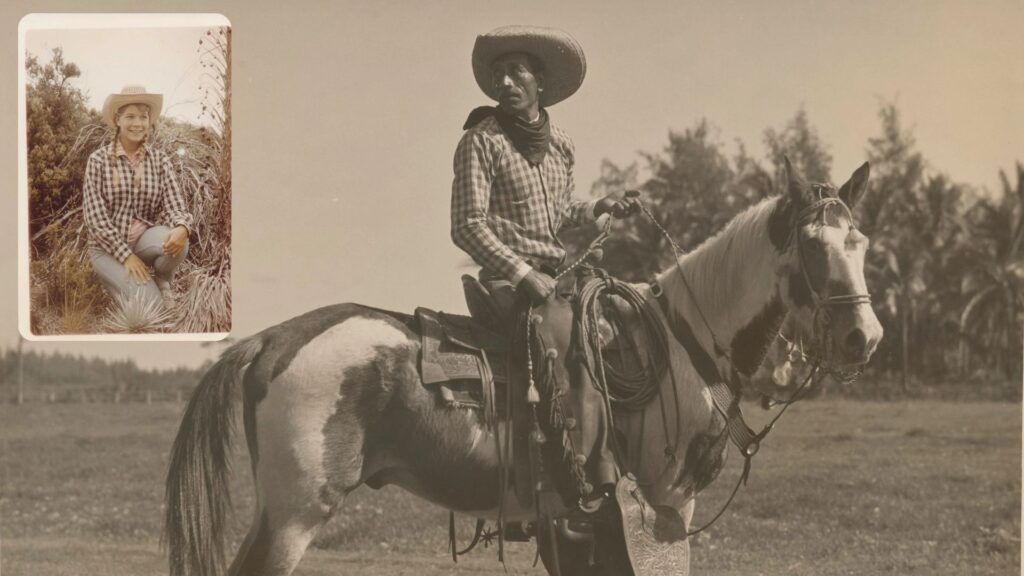
Mid-20th Century: From Ranch Work to Youth Culture
By the mid-1900s, palaka had spread far beyond plantations and workshops, becoming a familiar part of daily life across Hawai‘i.
Children wore palaka shirts to school and to play; teens wore them to football games, house parties, and beach gatherings. Lightweight versions appeared in casual tops and shorts, blending comfort with effortless island style.
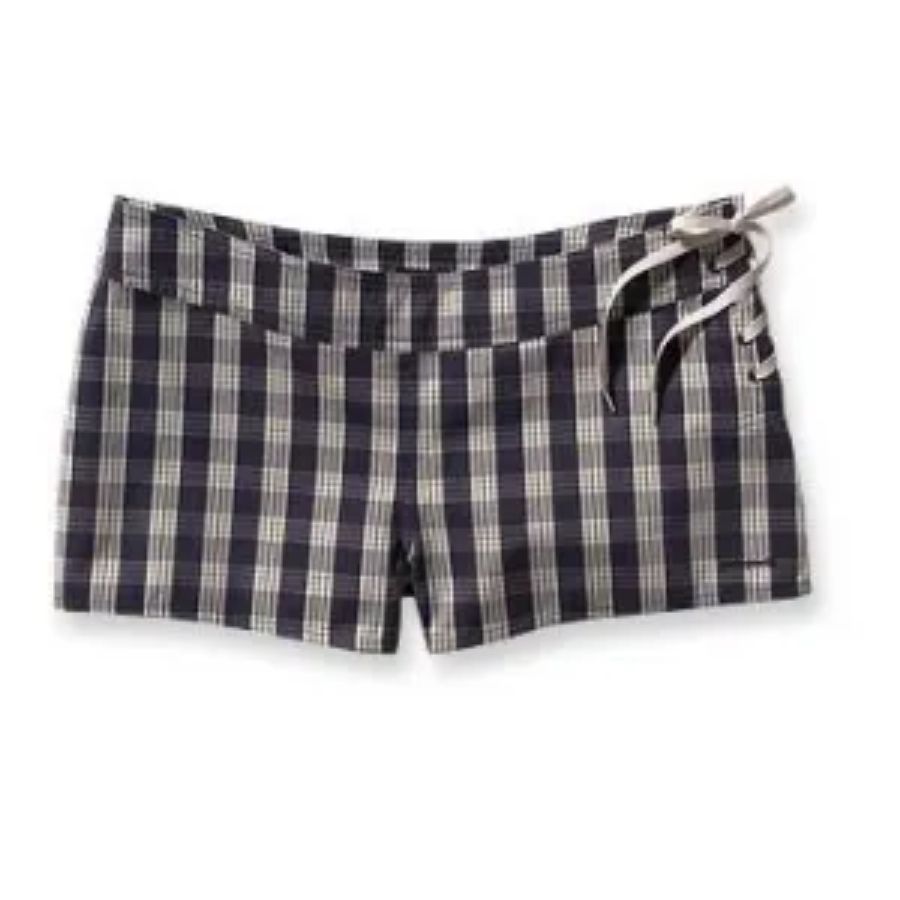
Early surfers also embraced palaka, turning the sturdy twill fabric into custom-made surf shorts that could handle work, swimming, and long days in the ocean.
Even as aloha prints grew in popularity, palaka remained a steady presence in local households—an everyday pattern woven into the rhythm of island living.
How Palaka Meaning in Hawaii?
A Symbol of Unity Across Diverse Island Communities
One of the most meaningful aspects of the Hawaiian palaka pattern is how it crossed cultural lines.
At a time when Hawai‘i’s plantations were home to workers from Native Hawaiian, Japanese, Filipino, Portuguese, Korean, and Chinese backgrounds, palaka became the one pattern they all wore.
It represented shared work, shared challenges, and more importantly, a shared identity. In a multicultural society like Hawai‘i, this unity is part of what gives palaka its emotional weight.
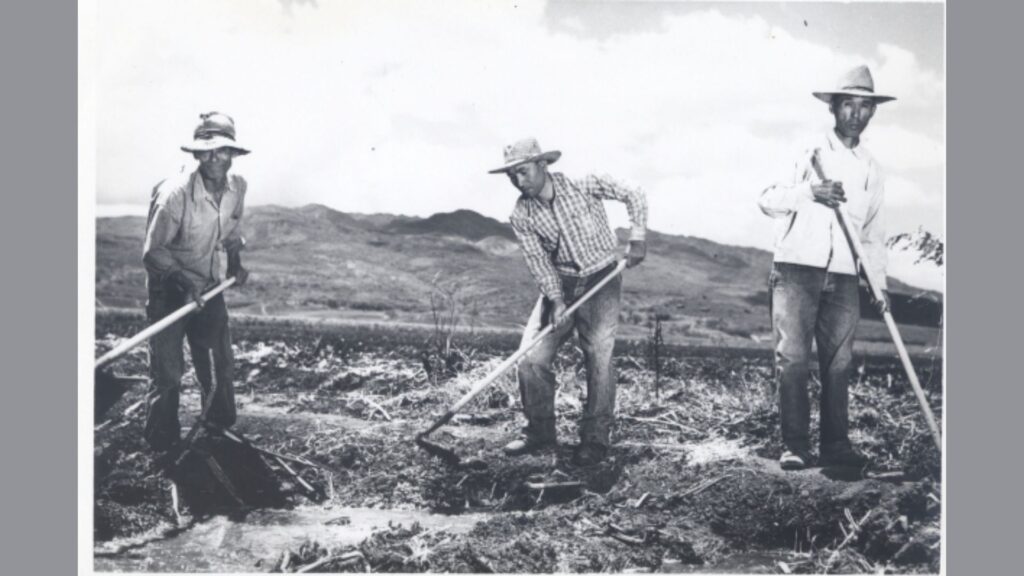
An Early Visual Identity of the Hawaiian Islands
Before the world recognized bright hibiscus prints and aloha shirts, palaka offered the islands their first widely seen textile identity.
Its simple blue-and-white checks appeared in fields, ranches, markets, and towns—quietly becoming a visual marker of local life.
For many island families, old photographs featuring palaka shirts are more than clothing; they’re snapshots of generational memory.
A Pattern Woven With Resilience and Local Pride
Historians often describe palaka as “the denim of Hawai‘i” because of its toughness and its place in everyday life. But its symbolism goes deeper.
Palaka represents long days under the sun, the strength of workers who built Hawai‘i’s early economy, and the blending of cultures that shaped the islands.
As one researcher put it, palaka wasn’t made to impress – it was made to endure. That endurance still resonates today, making the pattern a quiet but powerful emblem of Hawaiian pride.
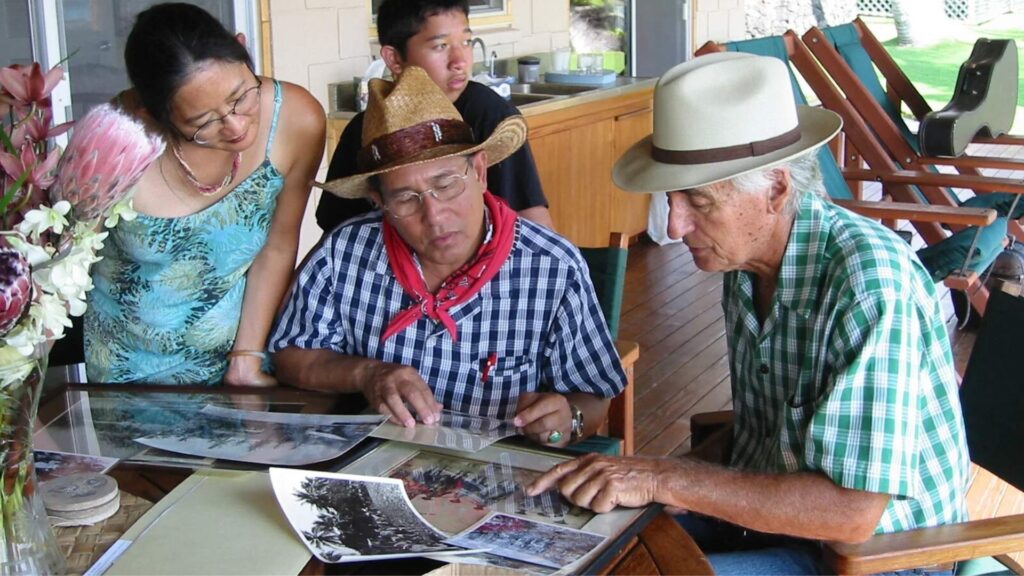
Where to Buy Palaka Print Clothing Today?
If you’re interested in adding Palaka print clothing to your wardrobe, you’ll discover a range of convenient shopping options.
From specialty boutiques in Hawaii that honor the fabric’s cultural roots, to online retailers offering modern interpretations and authentic heritage designs, Palaka apparel is more accessible than ever. Many contemporary designers now feature Palaka prints in their shirts, dresses, and accessories, which are available through their official websites or popular e-commerce platforms.
Here are the ways you can own a Palaka Print Clothing set easier than ever:
- Local boutiques in Hawai‘i: Small shops and heritage-focused stores across O‘ahu, Maui, Kaua‘i, and Hawai‘i Island often carry classic palaka print dresses, shirts, and accessories.
- Museum stores: Bishop Museum (O‘ahu) and local cultural centers occasionally feature palaka-inspired apparel and gifts.
- Online Hawaiian brands: Several island-based designers offer modern palaka pieces—shirts, shorts, dresses, and lightweight blends—for shoppers outside Hawai‘i.
- Cultural apparel retailers: Stores specializing in Hawaiian or Polynesian clothing often carry palaka prints internationally.
- Polynesian Pride Shop: A standout choice for contemporary palaka designs, blending traditional Hawaiian checks with signature lei-inspired patterns.
A Pattern That Still Speaks for Hawai‘i
Palaka may look simple at first glance, but its story is woven with the threads of Hawai‘i’s past fields and ranches, immigrant communities, local families, and generations who shaped the islands through resilience and shared identity.
Today, palaka fabric continues to carry that history forward, reminding visitors that beyond the beaches and palm trees lies a deeper cultural heartbeat.
If you’re exploring Hawai‘i, take a moment to look for this familiar blue-and-white check. You might see it in museum exhibits, local boutiques, small-town markets, or even on someone walking down the street.
Pick up a palaka shirt, feel its sturdy weave, and you’ll be holding more than a pattern—you’ll be having a piece of Hawaiian heritage. It’s one of the simplest, most authentic ways to connect with the islands’ living story.
FAQs
Is Palaka the same as plaid?
Not exactly. Palaka looks similar to plaid, but its pattern is simpler, with bold, evenly spaced blue-and-white checks. Plaid has more complex line variations and color combinations.
Why was Palaka print so popular in Hawai‘i?
Because it was durable, breathable, and affordable—perfect for long days working in sugarcane and pineapple fields. It became the practical uniform of plantation workers, paniolo, and rural families.
What is the traditional color of Palaka?
The most iconic and traditional version is the blue-and-white one. Although modern palaka comes in many colors, the blue-and-white pattern is considered the classic.
Where can I buy Palaka clothing?
Palaka apparel can be found in local boutiques, cultural shops, and museum stores across the islands.
If you’re looking for something more contemporary, Polynesian Pride offers beautifully crafted collections inspired by Hawaiian palaka, blending iconic Hawaiian lei motifs to create pieces that feel both culturally rooted and uniquely modern.
It’s an excellent option for travelers wanting a wearable reminder of Hawai‘i’s heritage.
Is palaka print fabric still worn in Hawai‘i?
Yes. While not as common as aloha shirts, palaka remains part of island culture. It appears in modern fashion collections, community events, and cultural revivals celebrating Hawai‘i’s working-class history.

I am a cultural historian and editor with over 10 years of research into pre-contact Polynesian history, the Lapita migration, and oral traditions. Share the excitement of my latest publications.
My contact:
Email: [email protected]
Tel: +64 21 456 7890

